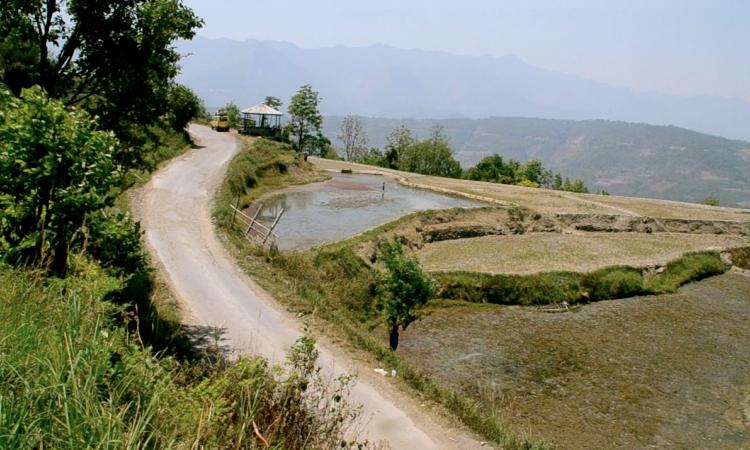
Located at an altitude of 1270 metres , Kikruma, a quaint village nestled in a rainshadowed area of Phek district of Nagaland is a wonder. Centuries ago, the village evolved a self-organizing system to take care of its water, forest and farm management. ‘Zabo’, which means 'impounding water', is an ingenious method of catching rainwater from running off the mountains.
It involves the preservation of forests on the hill tops as they are the catchment for the water. At the next level are the ponds dug out to hold rainwater, which is brought there through small channels. These channels are even dug across 'pucca' roads! They serve as reservoirs with their bottom and sides rammed and compacted so as to reduce seepage. The water is passed through cattle yards and let into the paddy fields located below. This water carries the dung and urine of the animals to the fields below- perfect to meet the nutrition needs of the soil.
These paddy fields are also used to rear fish, yielding about 50-60 kg of fish per hectare as an additional output. The bunds of the ponds also support a huge variety of medicinal plants and herbs. The ponds are constructed in a way that the distribution of water is uniform. Inlet channels are dug to carry water from one pond to the next.
Strangely enough, this system unique to Kikruma has not been replicated elsewhere.
Watch the video to learn about Zabo from a farmer at Kikruma.
/articles/zabo-art-impounding-water